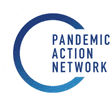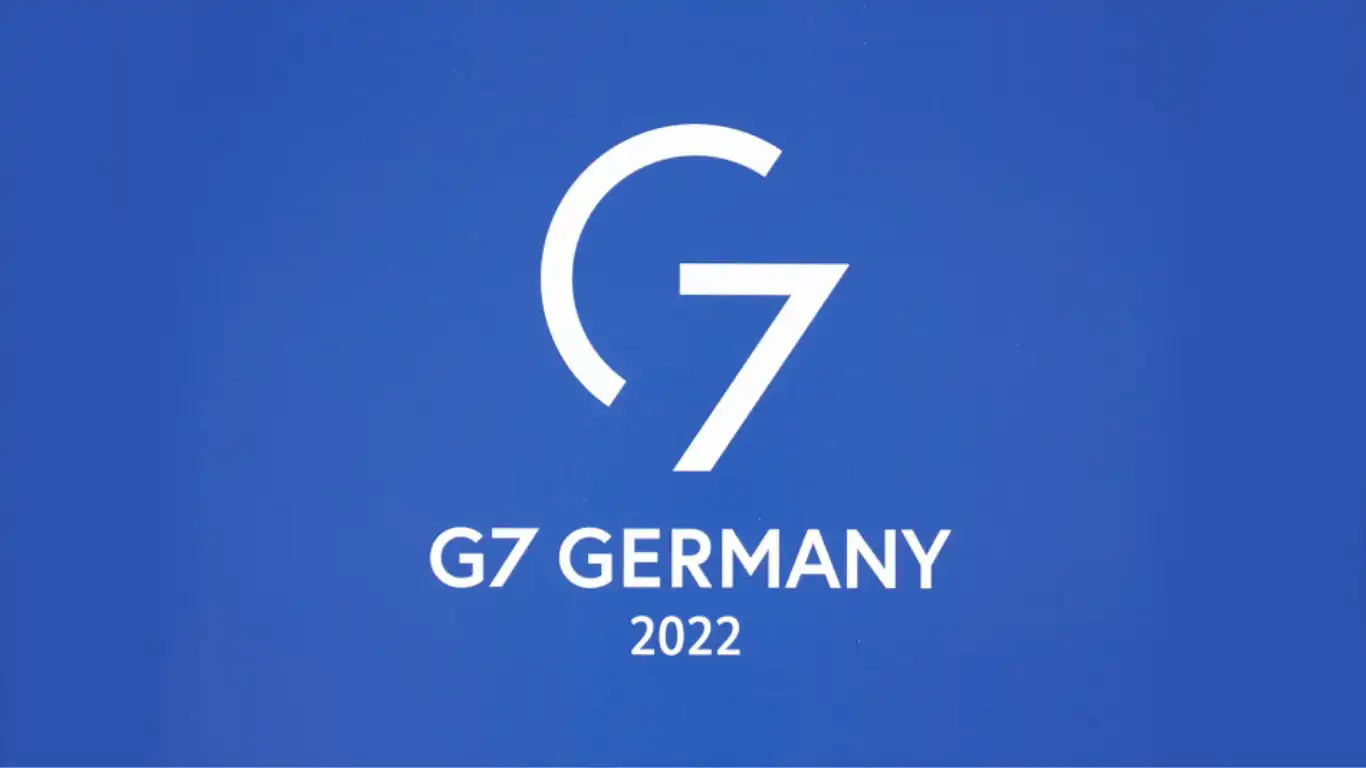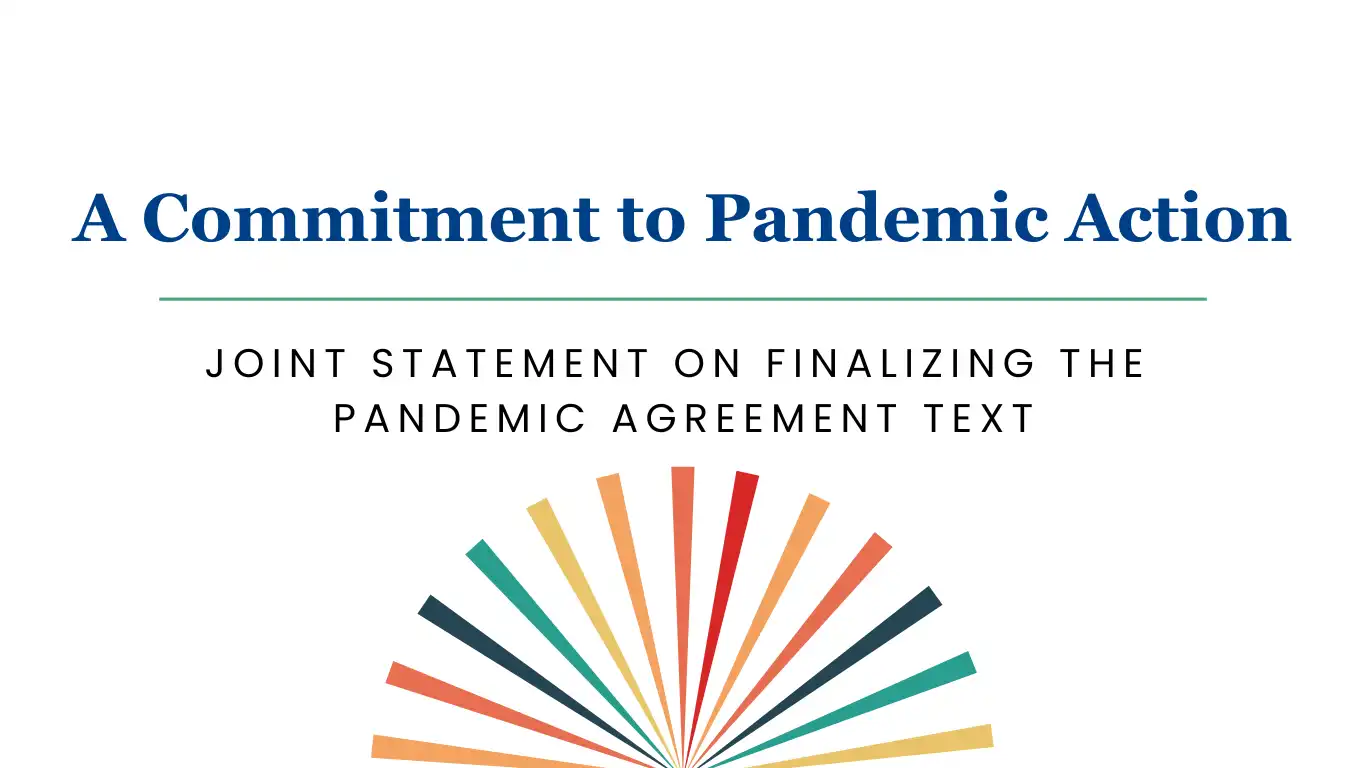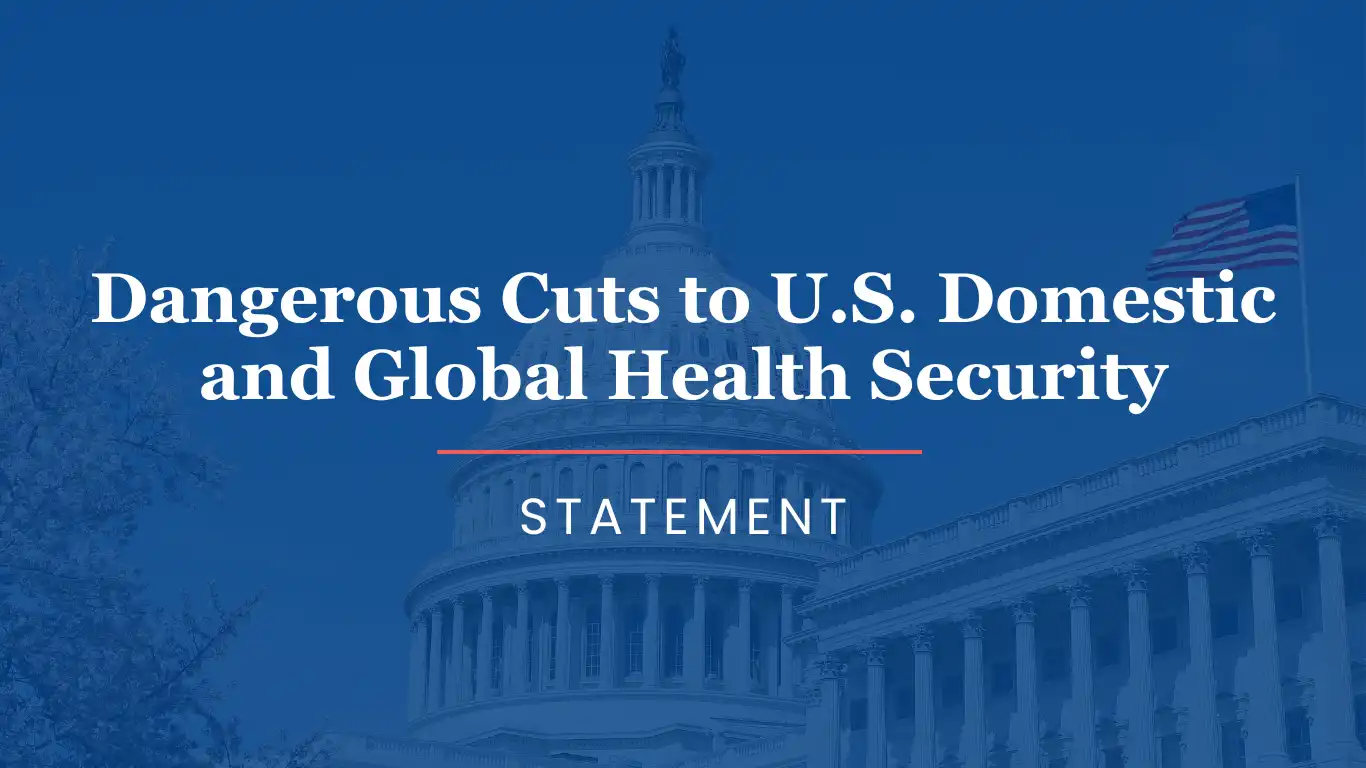The G7 Leaders’ Summit is just around the corner, and — as one of the five priorities of the German Presidency — pandemic preparedness and response is expected to have a central role in the meeting. In Germany’s own words, this year’s program aims “to expand the G7’s pioneering role in the commitment to pandemic prevention and control as well as improving the international health architecture.” While this might be a good omen for relevant agreements and commitments, the G7’s record on pandemics is not consistent and makes many of us wary. So, what do we need to know to understand the landscape and ensure this G7 goes beyond a series of photo ops and warm words?
A bit of historical background… Seven years ago, under the German Presidency as well, the Ebola outbreak in West Africa drove forward similar promises to those on the table in 2022. The 2015 Elmau Declaration contained crucial commitments, including support for the “World Bank to develop a Pandemic Emergency Facility” advanced by the G20 and strengthening of a mechanism for rapid response to pandemics. Side note, the 2015 declaration also includes clear language on “finding a solution to the conflict in Ukraine.” Déjà vu, anyone? We know that over the following years, these commitments lost traction and their implementation lagged. The following declarations — 2016 Ise Shima Declaration, 2017 Taormina Declaration, 2018 Charlevoix Declaration, and the 2019 Biarritz Declaration — progressively erased pandemics off the agenda until it made it back in 2020, this time under an unprecedented global crisis.
So, what tells us that 2022 could be different? Germany’s G7 leadership this year is a reason for optimism. The country has made significant contributions to the ACT-Accelerator, has supported and raised funds for the COVAX Advance Market Commitment mechanism, and also committed financial contributions to CEPI and the forthcoming new Pandemic Prevention, Preparedness, and Response Fund at the World Bank. Moreover, in preparation for the Summit, Germany has convened high-level officials to discuss pandemics and pave the way for the Leaders’ Summit.
The G7’s preparatory work in May provides some hints and insights about what agreements might be in the making. Here’s a summary of the outcomes and work of the following Ministers’ meetings:
- Foreign Ministers. They have mainly focused on the G7’s response to the COVID-19 pandemic and on addressing gaps in the global vaccination campaign. On May 13, they released an “Action Plan on COVID-19,” which aims to align the group’s response efforts. In its last communiqué, they also noted that they are already working on “planning the ongoing COVID-19 response for 2023” but didn’t share specific details.
- Health Ministers. Their last communiqué provides an overview of the issues and variables shaping the conversation and shows how the G7 is looking into preventing future pandemics and enhancing the world’s response to pandemic threats. Recently they released a concept note for a “G7 Pact for Pandemic Readiness,” which has a strong emphasis on surveillance. It is unclear though if other essential aspects for pandemic preparedness will also be considered by the group and how.
- Finance Ministers and Central Bank Governors. As they are responsible for aligning commitments and funding, their last communiqué helps to understand what are the competing priorities. They expressed support for the establishment of the new Pandemic Prevention, Preparedness, and Response Fund, hosted by the World Bank, but they clearly stated that a broader group of countries should contribute financially as well.
- Development Ministers. This group has discussed the effects of COVID-19, as shown in their last communiqué, and has worked with Health Ministers to accelerate the G7’s response to ending the pandemic globally — putting emphasis on access to vaccines, diagnostics, and therapeutics — and increasing countries’ capacities on pandemic preparedness and response. It stands out that their support for expanding access to vaccines, testing, and therapeutics worldwide seems to rely only on voluntary technology transfer and not in more proactive measures.
What’s missing, and what’s ahead? If after reviewing these different pieces you get a feeling that something is missing, you are not alone. So far, the information proactively disclosed by the German Presidency does not reveal specific actions or preliminary plans. It remains unclear how most of the commitments will be advanced and turn into concrete changes. With the information available up to this point, this next G7 Leaders’ Summit could yield good commitments but the risk of forgetting them in the coming years might be as present as in 2015. As such, the six months following the Leaders’ Summit will be critical to ensuring clear actions and setting the stage for Japan to pick up the G7 leadership baton in 2023.
If you are attending the G7, please let us know! Otherwise, stay in touch on social media.



